Polybutadiene Rubber (PBR): Properties, Derivatives, and Applications
Polybutadiene Rubber (PBR) is a high-performance synthetic rubber widely valued for its unique properties and versatility. From the tire industry to construction and sporting goods, PBR plays a vital role in modern manufacturing and industrial applications.
What is Polybutadiene Rubber (PBR)?
PBR is a synthetic rubber made through the polymerization of 1,3-butadiene. It is known for its:
- High flexibility
- Exceptional wear resistance
- Low rolling resistance
- Ability to perform under extreme temperatures
Its unique chemical structure allows it to maintain elasticity and durability, making it indispensable for a variety of industries.
Key Properties of PBR
- Durability
PBR offers exceptional resistance to abrasion and wear, making it ideal for high-friction applications like tires and industrial belts. - Elasticity
Its flexibility and rebound properties allow it to absorb shocks and impacts, ensuring longer life for products. - Temperature Stability
PBR retains its performance characteristics across a wide range of temperatures, from freezing cold to high heat. - Fuel Efficiency
With low rolling resistance, PBR enhances the fuel efficiency of vehicles, contributing to sustainability efforts in the automotive industry.
Derivatives of PBR
Polybutadiene Rubber can be customized and modified to suit specific industrial needs. Here are some common derivatives:
- High-Cis PBR
Known for its high abrasion resistance and elasticity, high-cis PBR is extensively used in tire manufacturing. - Low-Cis PBR
Offering better flexibility, low-cis PBR is often used in adhesives, sealants, and soft rubber goods. - Modified PBR
By blending PBR with other polymers or adding additives, manufacturers enhance properties such as UV resistance, chemical stability, and tensile strength. These modifications make PBR suitable for niche applications like specialty coatings and protective layers.
Applications of PBR
Polybutadiene Rubber’s unique properties make it essential across various industries:
- Tire Manufacturing
PBR is a primary material in tire production due to its low rolling resistance, durability, and ability to improve fuel efficiency. It is also used in sidewalls and treads to enhance performance and longevity. - Industrial Rubber Goods
Belts, hoses, and seals made from PBR are known for their strength and ability to withstand mechanical stress, making them ideal for heavy-duty machinery. - Sporting Goods
PBR is used in golf balls, athletic shoe soles, and other sports equipment, where its flexibility and impact resistance are critical. - Construction Materials
PBR is an important component in impact-resistant coatings, sealants, and adhesives used in construction and infrastructure projects. - Plastics and Polymer Blends
PBR is blended with other materials to enhance toughness and flexibility, particularly in automotive bumpers, dashboards, and electrical housings.
Why Choose PBR?
Polybutadiene Rubber stands out due to its:
- Long service life
- Ability to enhance product performance
- Contribution to energy efficiency in automotive applications
- Versatility across industries
Its combination of strength, flexibility, and sustainability ensures that PBR remains a vital material for innovative, high-performance solutions.

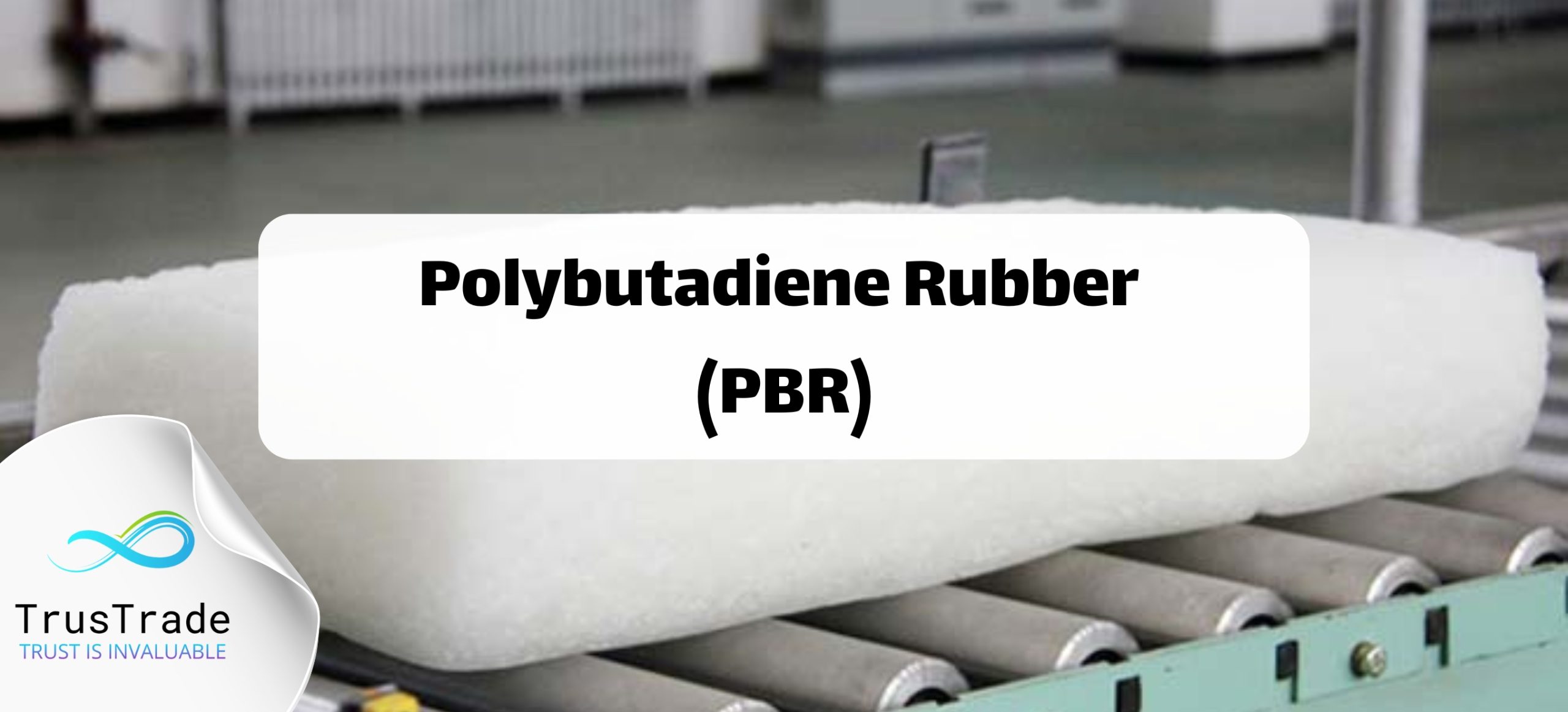
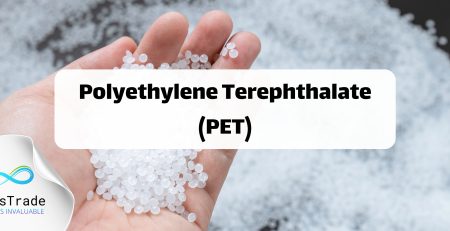
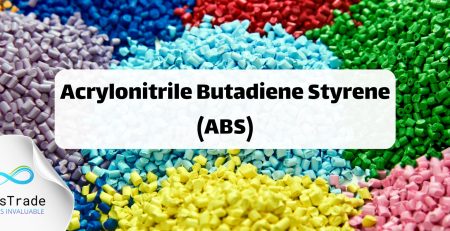
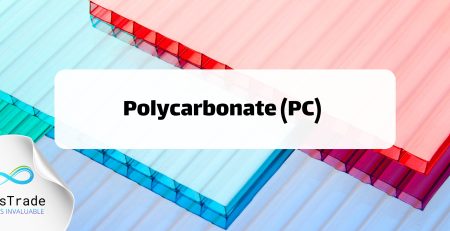
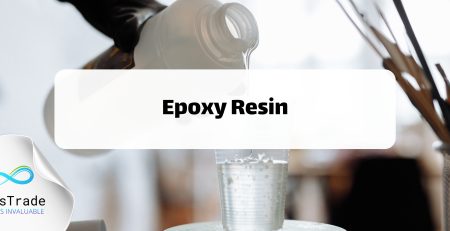
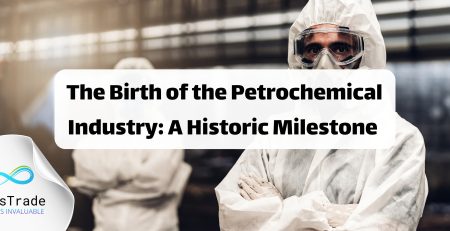


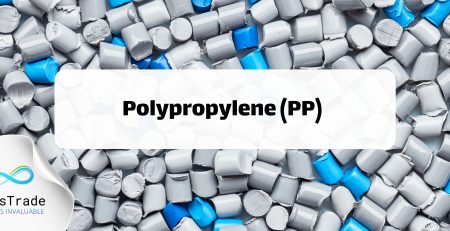
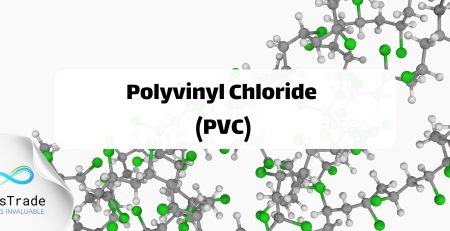
Leave a Reply